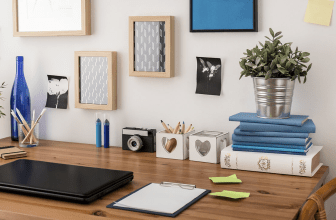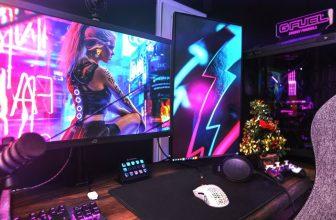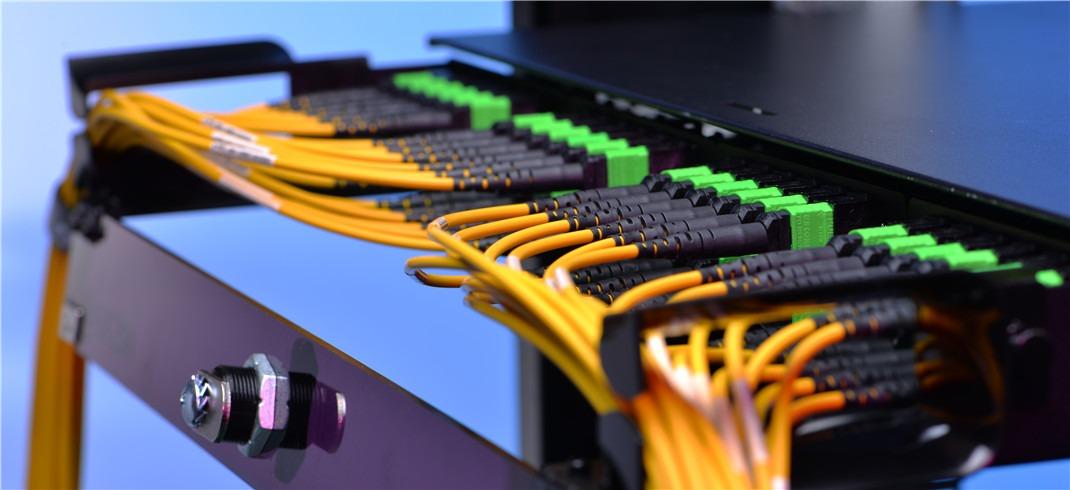
Do optical cables go bad? Find a proper answer for using quality cables with FittingChairs and getting to know maintaining life out of your cables as long as possible.
Do Optical Cables Go Bad?
Optical cords or cables, also known as TOSLINK cables (Toshiba Link), are used to transmit digital audio via light pulses and deliver stunning audio quality.
But, do digital optical cables go bad?
Optical cords do not deteriorate with time. Problems with fiber optic cords are typically caused by issues related to mishandling. This is due to the delicate nature of the materials used in their construction.
They are made of high-quality plastic and glass fiber leading to being delicate and easily damaged or broken.
These cables are excellent at transmitting large amounts of data, but they can be fragile. And when these cables break or are damaged due to overbending, they become unusable.
So, if you’re experiencing audio issues, it’s only natural to check your cables.
How Do I Know If My Optical Cable Is Bad?
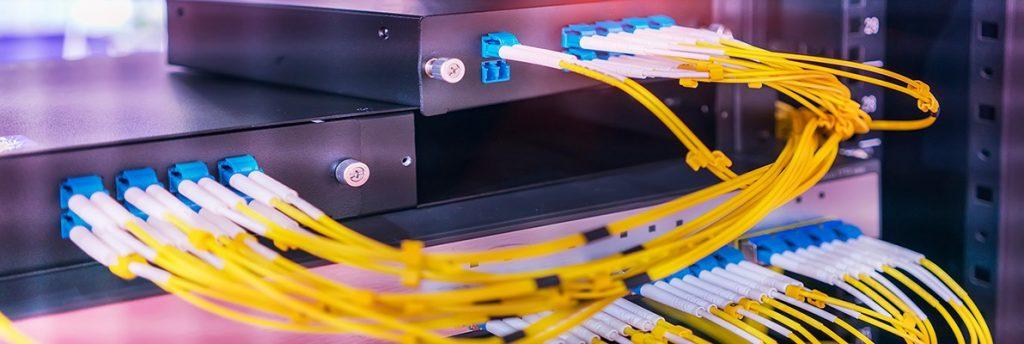
Do optical cords go bad? How to tell?
- If you’re having signal issues and suspect your fiber optic cable is faulty, it’s time to fix it.
- If you cannot see light coming through your cable, as shown in the image below, your cable is defective.
Keep in mind that the signal only goes one way: from your source to your sound bar or other audio output. As a result, this light will only be visible when it is connected to a power source.
What Happens When An Optical Cable Goes Bad?
If you’re having audio issues, you should have a look at your connections at first. When the cable is properly connected, you should see a red indicator light on both ends.
If you’re having issues with your optical audio cable, you may encounter one of two types of issues:
- If your optical cable is damaged or incorrectly connected, you will not hear anything.
- Everything else in your setup may be working properly, but the audio will be missing. You may also experience signal loss, which may result in poor audio quality.
Are Optical Cables Reliable?
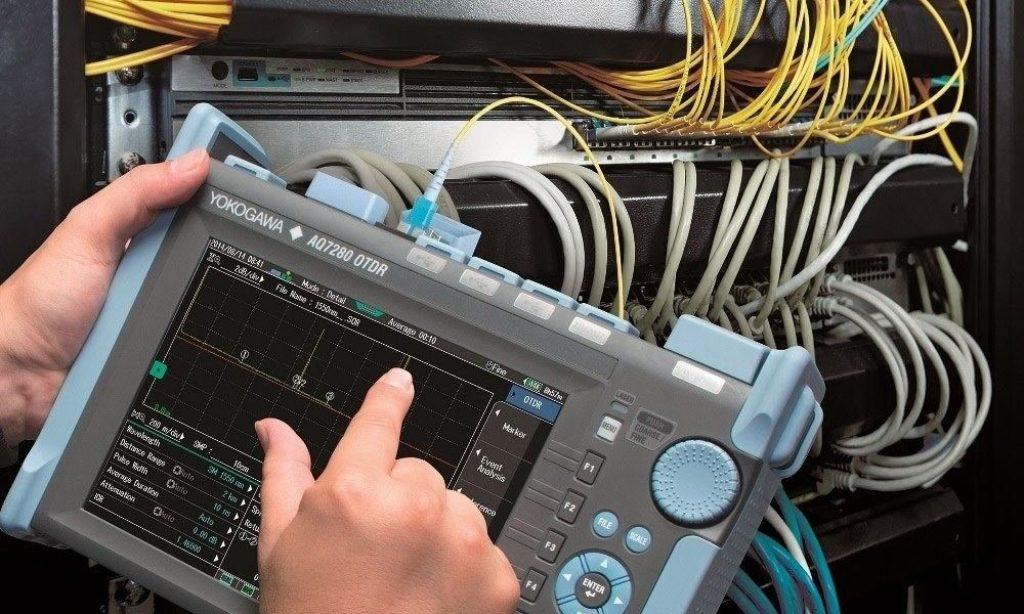
Optical cables are extremely dependable and an excellent choice for your home audio needs. They can digitally transmit massive amounts of data. Once properly connected and in place, they will continue to function flawlessly for years.
Because it is based on light transmitted through fiber optic cabling, the technology is completely stable and reliable and can transmit your signal flawlessly.
How Can I Test My Optical Audio Cable?
Here’s a quick fix that should work:
Carefully unplug your optical cord from both ends of your device and lay it flat on a table.
Cover one end of the cable with a towel or sheet to block out the ambient room light and allow you to put your head underneath it without a lot of other light coming through.
On the other end of the cord, shine a flashlight. If you can see light passing through the optical cable, your cable is in good condition.
Oppositely, if you’re still having issues, but you’ve tested your optical cord and can easily see light passing through, you could have a problem with something obscuring your connection on your devices, or you could have a problem with your optical cord itself.
To clear out any dust or debris from your devices, you can use a cheap can of compressed air dusters from Amazon.
In case there is no light passing through your optical cable, there is a problem and your cable has been damaged in some way.
Common Optical Cable Problems
Because your fiber optic cable contains no metal wires, troubleshooting can be difficult. However, there are some common challenges that we can overcome in order to get to the root of the problem.
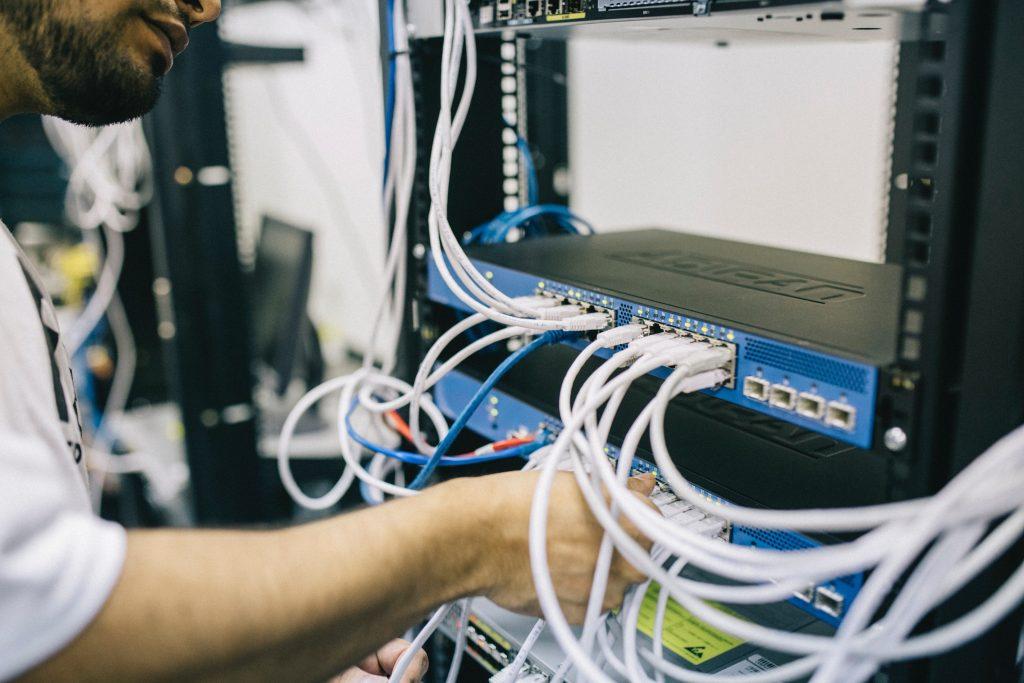
Here are 4 common issues with optical cables:
Loose Connections
A missing red indicator light is one of the easiest ways to tell if you have a bad connection. In general, these indicator lights are installed on fiber optic cables to help you determine whether or not things are properly connected.
If you don’t see the red light on the plug, your cable isn’t properly connected, or it’s damaged or broken.
Broken Fiber Optic Cable
Do fiber optic cables go bad?
Fiber optic cable is fragile. It’s not like copper wire, which you can bend and crimp to fit into any available space.
How to tell if fiber optic cable is bad? If you try to run an optical cord along a wall and bend it, the internal fiber optic strands will most likely be broken.
When you bend fiber optic cable, it does not simply break. It also breaks when you apply too much tension to it. Whereby, you’ll ruin it if you try to cut it to splice it or shorten it.
Dust Or Debris
If your optical connection ports have become obstructed by dust or debris, you may believe your optical cable is defective.
How to fix optical audio port? The solution for it will be to use compressed air to clean them. This will remove any obstructions that are preventing light from passing through.
You can also gently wipe the ends of your optical cables with a 91% isopropyl alcohol swab to ensure that there are no dirt or oil deposits adhering to your cord and obscuring the data feed.
On the other hand, you can consider cleaning and organizing cords under desk to have a neat look as well!
Digital Source Problems
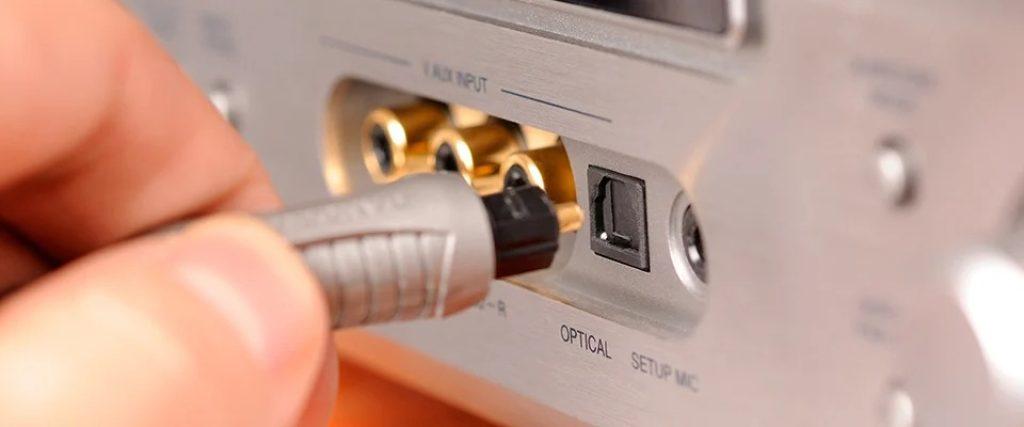
Another thing you should look into is checking your digital source problems. You must ensure that your devices are configured to use the digital audio port.
In reference to your audio source, this could be labeled “optical input” or “digital input.” At this time, you can’t source audio unless the correct input is selected, just like you can’t watch your cable box if your input is set to your Amazon FireStick.
If you’ve done everything correctly and tested your optical cable, it’s possible that your device has a bad connector.
If your audio source has a faulty connector, all is not lost. Then, you can still use an HDMI cable, which not only delivers a high-quality video signal but also high-quality audio.
Till now, through this post, FittingChairs hope you might have already known whether do optical cables go bad. Let’s find any optical cables with the highest possible quality to satisfy your needs.


